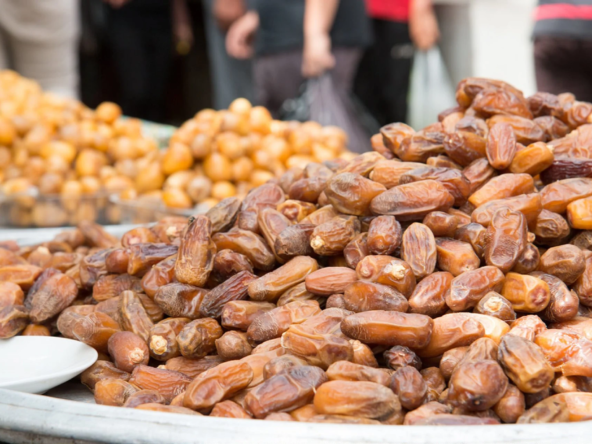Cashew nuts are a beloved snack and a versatile ingredient in cuisines worldwide. But have you ever wondered about their journey from farm to global markets? This article delves into the fascinating process of growing, harvesting, processing, and packaging cashew nuts, highlighting the challenges faced by farmers and the innovations that are transforming the industry.
1. Cultivation: Growing Cashew Trees
Cashew trees thrive in tropical climates, particularly in regions like West Africa, India, and Southeast Asia. These hardy trees prefer well-drained, sandy soils and require a moderate amount of rainfall. Cashew trees start bearing fruit three to five years after planting, producing the cashew apple and the kidney-shaped cashew nut attached beneath.
Farmers nurture these trees through careful pruning, pest control, and sustainable farming practices to ensure healthy yields. However, climate change and soil degradation pose significant challenges to maintaining high productivity.
2. Harvesting: The First Step in the Journey
Cashew nuts are harvested when the cashew apples ripen, typically once a year. Farmers manually pick the nuts, a labor-intensive process that requires skill to avoid damaging the fruit. The nuts are separated from the apples, which are either consumed locally or used in the production of juices, jams, and alcoholic beverages.
The nuts, still encased in hard shells, are dried in the sun to reduce moisture content, which prevents mold and extends shelf life during transport to processing facilities.

3. Processing: Unlocking the Treasure
The transformation of raw cashews into the edible nuts we enjoy involves several critical steps:
- Roasting or Steaming: The outer shell of the cashew nut contains a caustic oil, which makes it dangerous to handle without proper processing. The nuts are roasted or steamed to soften the shells and neutralize the oil.
- Shelling: Once softened, the shells are carefully cracked open, typically by hand or using semi-automated machines. This step requires precision to avoid damaging the delicate kernels inside.
- Drying and Peeling: The shelled cashews are dried again to make the outer skin brittle. Workers or machines peel off this skin, revealing the creamy-white nuts.
- Grading: Cashew kernels are graded based on size, color, and quality. This step ensures that they meet international standards for export.
4. Packaging: Preserving Freshness
After processing, cashew nuts are vacuum-packed or sealed in airtight containers to maintain freshness and prevent contamination. Packaging often includes nitrogen flushing to extend shelf life further. The nuts are then labeled, weighed, and boxed for export to global markets, where they delight consumers as a nutritious snack or a key ingredient in recipes.
5. Challenges in the Industry
Despite the growing demand for cashew nuts, farmers and processors face numerous challenges:
- Labor-Intensive Practices: Many stages of cashew production rely on manual labor, leading to high costs and limited scalability.
- Climate Change: Unpredictable weather patterns affect yields and the quality of cashew nuts.
- Market Volatility: Farmers often struggle with fluctuating global prices, which can impact their livelihoods.
- Health Risks: Handling raw cashew shells can expose workers to toxic oils, emphasizing the need for safety measures.
6. Innovations Transforming the Cashew Industry
Fortunately, innovations are paving the way for a more efficient and sustainable industry:
- Mechanization: Modern shelling machines and automated peeling systems are reducing manual labor and improving efficiency.
- Agroforestry Practices: Intercropping cashew trees with other crops enhances biodiversity and soil health.
- Climate-Resilient Varieties: Researchers are developing drought-tolerant and high-yield cashew varieties to withstand environmental challenges.
- Fair Trade Initiatives: Certification programs are helping farmers receive fair compensation and access to better farming resources.
Conclusion
The journey of cashew nuts from farm to global markets is a testament to the dedication of farmers, processors, and innovators. Each step in the process—from cultivation to packaging—plays a crucial role in delivering this cherished product to consumers worldwide. As the industry embraces sustainability and innovation, the future of cashew production looks promising, ensuring that this nutritious and versatile nut continues to grace tables around the globe.
By supporting ethical and sustainable cashew brands, consumers can contribute to a thriving industry and better livelihoods for the farmers behind the journey.
Ajigofarms is a reliable global agricultural purchase sourcing with profound expertise in the manufacturing, and exportation of food crops. We are tested, and trusted suppliers of all kinds of cash crops and food crops. Our constant supply chain solution makes exporting easy, quick, and safe, we are identified with timeliness and meeting up with deadlines. Regardless of the region you are located in worldwide, you can reliably order your Agric products and be rest assured of successful delivery.




